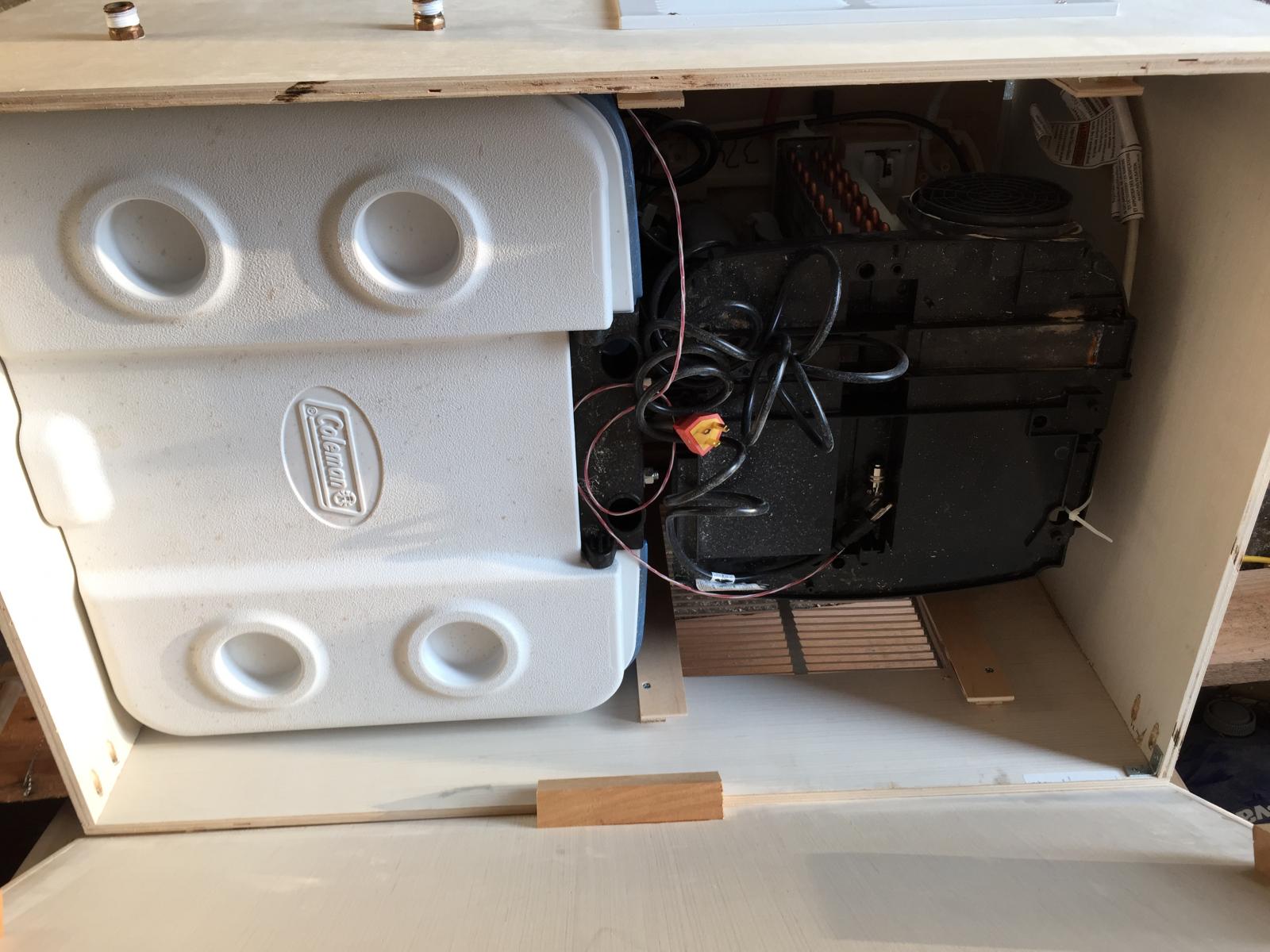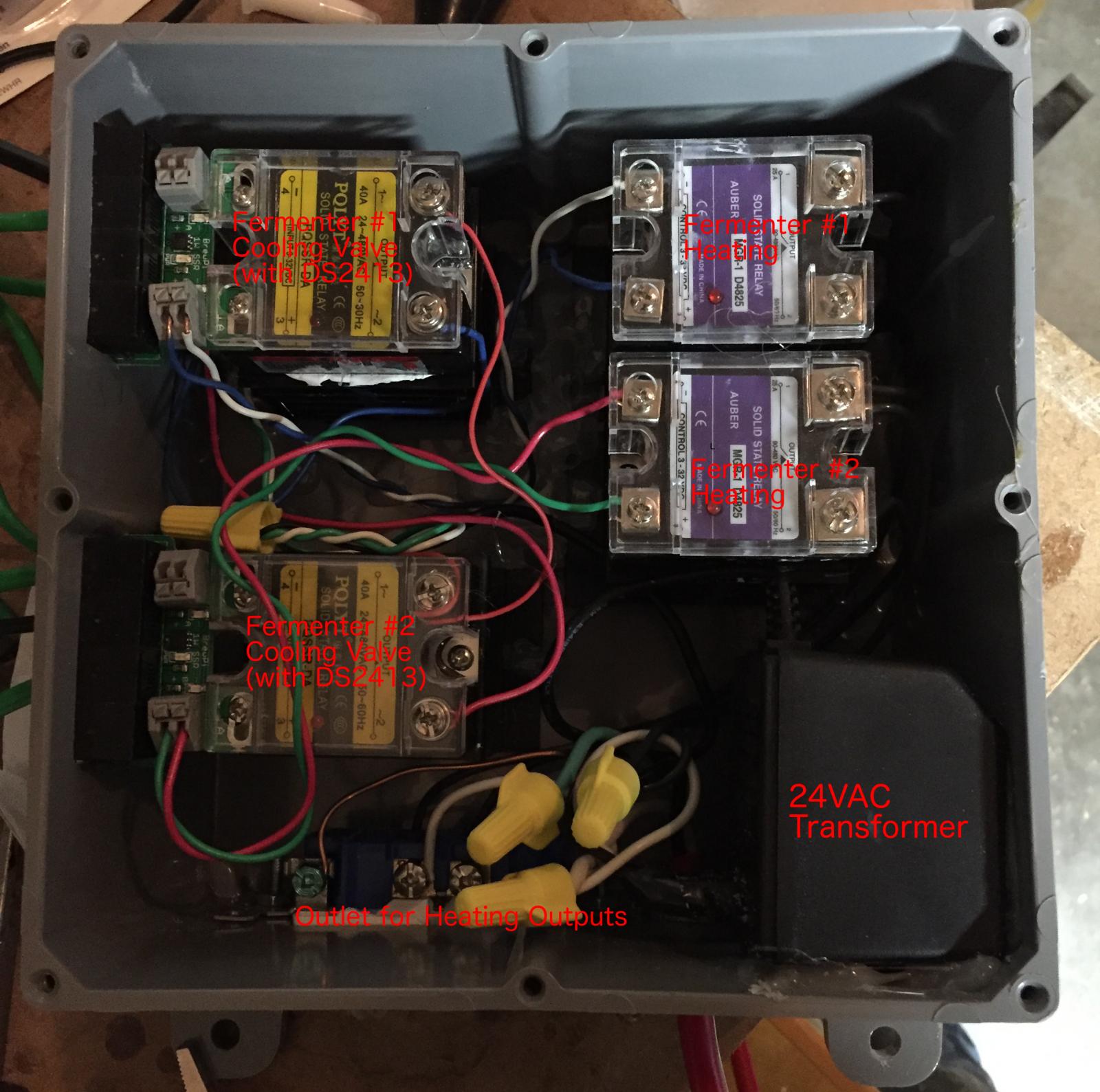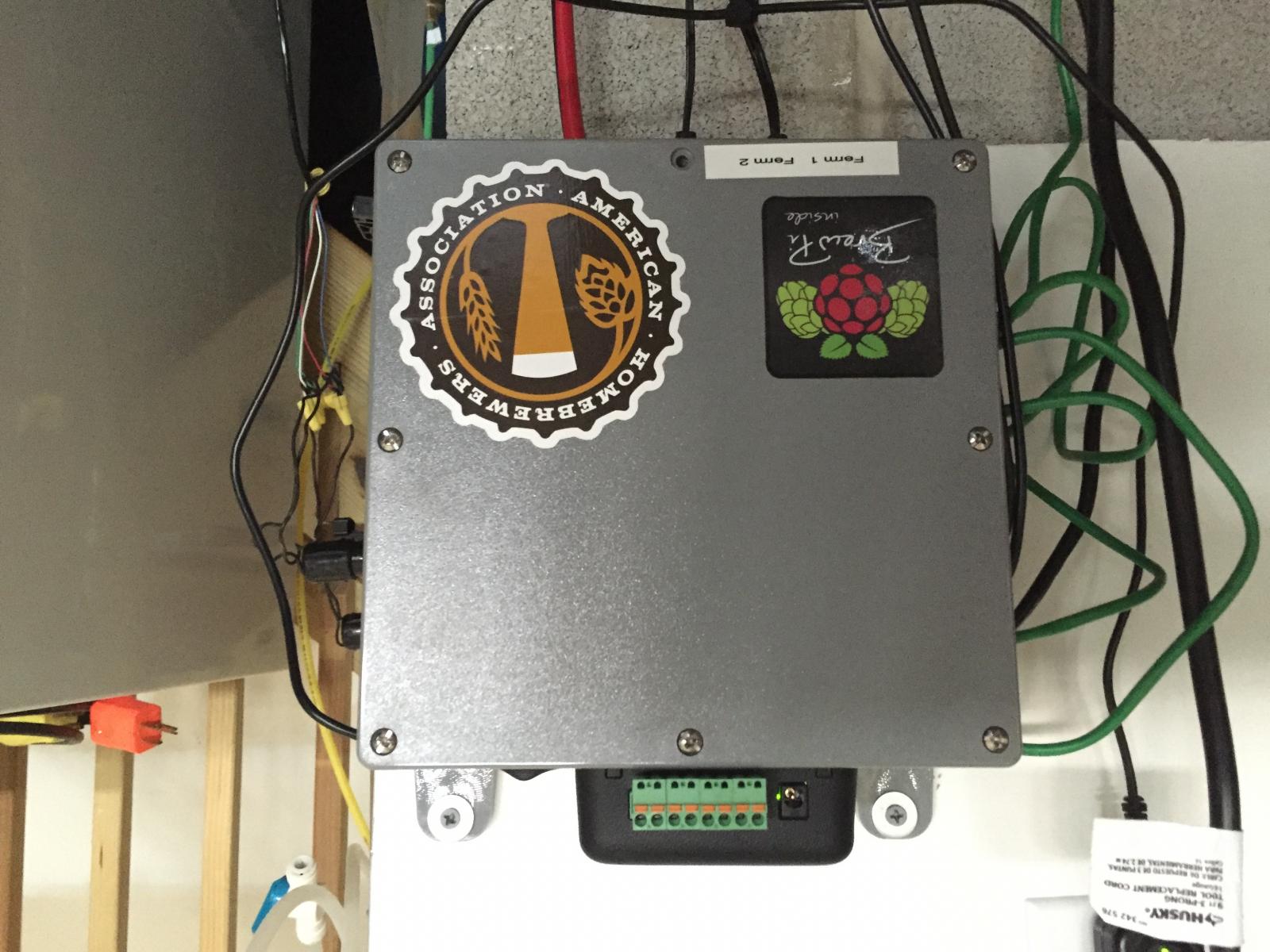I have had an A/C unit sitting in the corner of my garage for a year or so now from a failed attempt to air condition my garage (when I bought it I had not realized that, although drywalled, they did not actually insulate the exterior walls of my garage). So, after reading some of the other glycol threads, that of course meant I needed to transform it into a chiller.
This build also differs slightly in that the unit is a "portable a/c" instead of a window unit. That means it's tall and thin and pretty easy to use with a rather larger cooler.
Parts:
Haier 12,000BTU Portable A/C
Coleman 75 Quart Cooler
560 GPH pump (feed gylcol lines)
120GPH pump (recirc)
A/C unit disassembled and evaporator coil folded down:
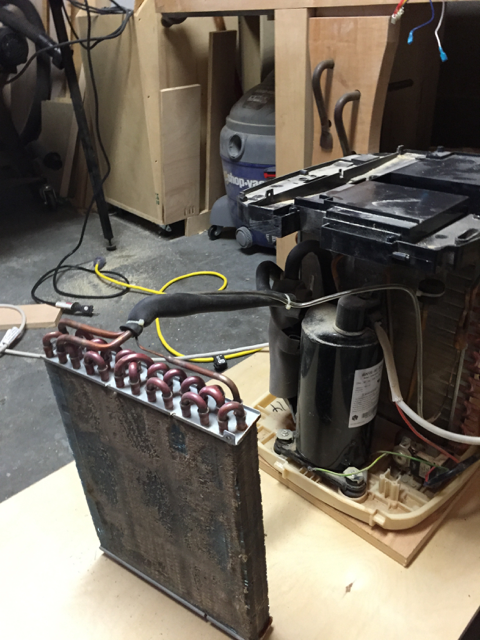
When it came to wiring, this unit had a pleasant surprise. All the 120v was wired through a handy terminal block. Rewiring to remove the control board and wiring in the recirculating pump was just a simple matter of patching them in this block. I did of course have to cut the plug off the recirc pump cord and replace with terminal connector that i happened to have on hand.
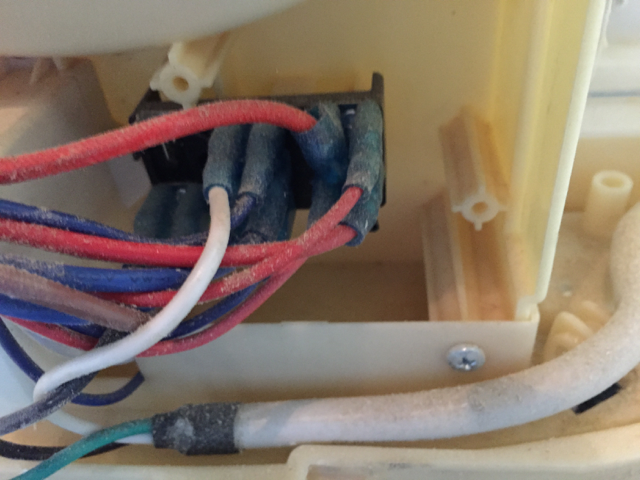
Cooler modified for the evaporator coil and ready for test
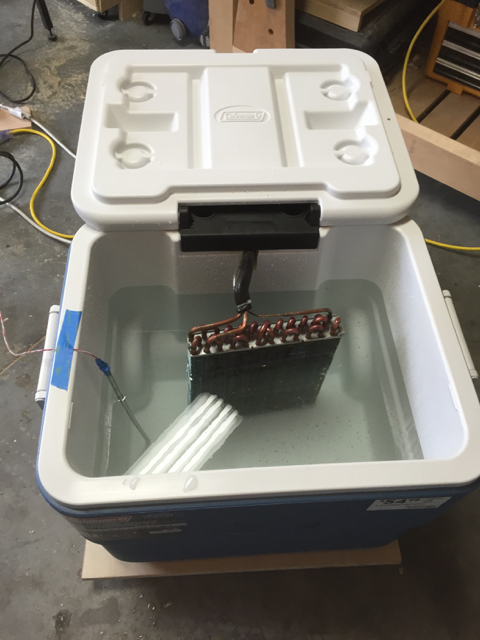
Auber controller wired to the A/C unit and ready to go (ignore the temps on the controller. I had it set in C by accident when I took the picture)
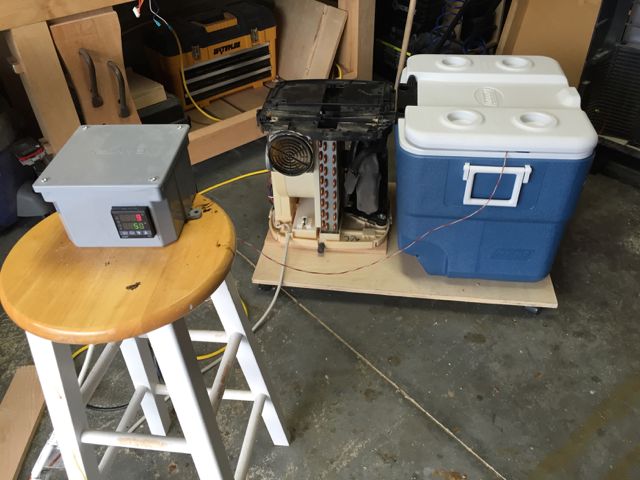
Bonus, the A/C unit came with casters that I was able to reuse on the bottom of the base, making the whole unit much more portable.
At this point I have been able to test the unit and confirmed that it does function. Next step is to wrap my fermenter in 1/2" copper and test it with a brew this weekend. For now, I'm just using 2 auber temp sensors (one in the glycol reservoir and one in the beer). Assuming this test is successful I'll be building a RPi based controller soon.
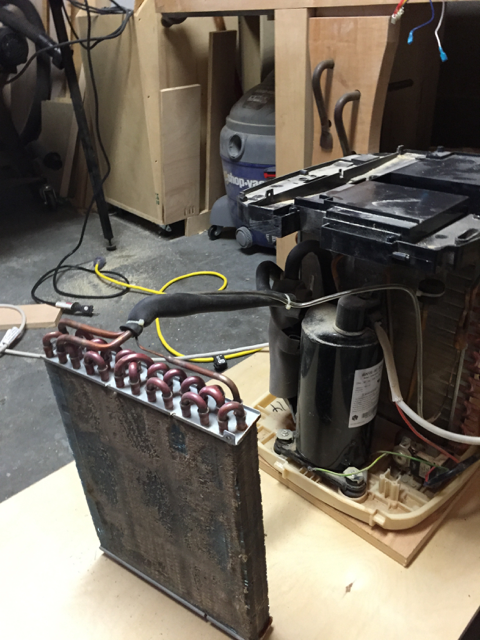
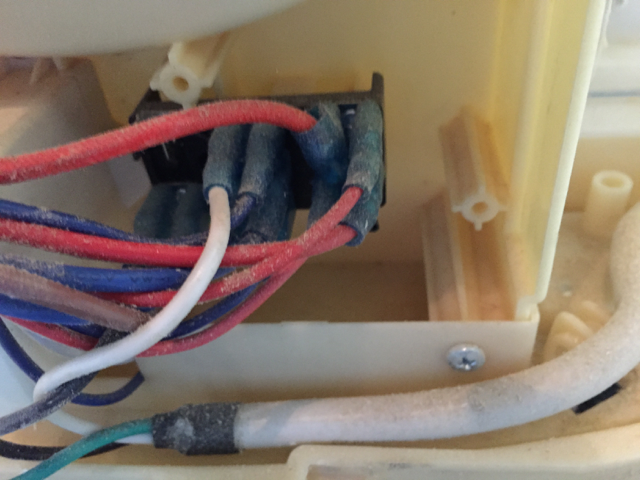


This build also differs slightly in that the unit is a "portable a/c" instead of a window unit. That means it's tall and thin and pretty easy to use with a rather larger cooler.
Parts:
Haier 12,000BTU Portable A/C
Coleman 75 Quart Cooler
560 GPH pump (feed gylcol lines)
120GPH pump (recirc)
A/C unit disassembled and evaporator coil folded down:
When it came to wiring, this unit had a pleasant surprise. All the 120v was wired through a handy terminal block. Rewiring to remove the control board and wiring in the recirculating pump was just a simple matter of patching them in this block. I did of course have to cut the plug off the recirc pump cord and replace with terminal connector that i happened to have on hand.
Cooler modified for the evaporator coil and ready for test
Auber controller wired to the A/C unit and ready to go (ignore the temps on the controller. I had it set in C by accident when I took the picture)
Bonus, the A/C unit came with casters that I was able to reuse on the bottom of the base, making the whole unit much more portable.
At this point I have been able to test the unit and confirmed that it does function. Next step is to wrap my fermenter in 1/2" copper and test it with a brew this weekend. For now, I'm just using 2 auber temp sensors (one in the glycol reservoir and one in the beer). Assuming this test is successful I'll be building a RPi based controller soon.






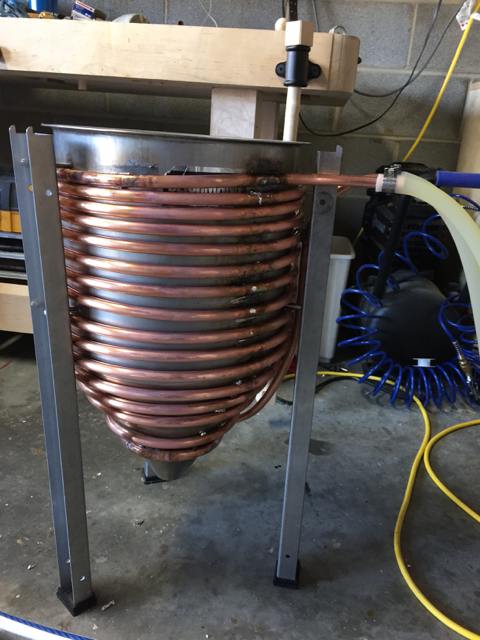
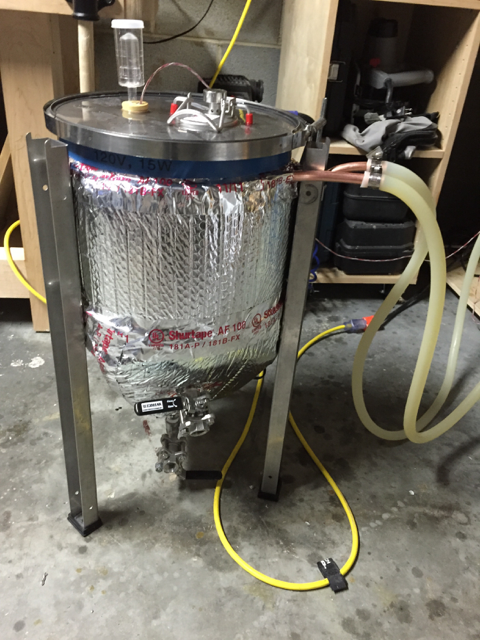












![Craft A Brew - Safale S-04 Dry Yeast - Fermentis - English Ale Dry Yeast - For English and American Ales and Hard Apple Ciders - Ingredients for Home Brewing - Beer Making Supplies - [1 Pack]](https://m.media-amazon.com/images/I/41fVGNh6JfL._SL500_.jpg)












































